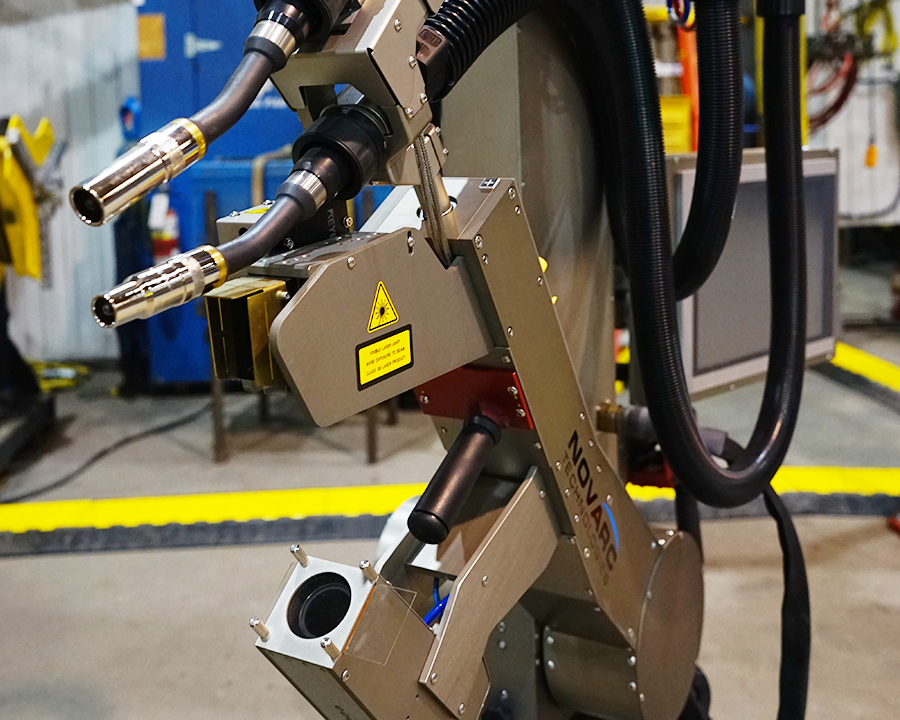A storm has been looming on the welding horizon, and it has arrived. At some point, everyone in the welding marketplace knew the pivot where automation became necessary, and welders started to reduce in numbers was fast approaching.

First, the global robotic welding market size was $4.6 USD billion in 2019 and is projected to reach $8.3 USD billion by 2027. That is significant growth! Other resources have these numbers at even higher growth results. Again, we are talking billions, not millions. Sales of robotic units in North America increased 3.5 per cent in 2020 according to Canadian Fabricating & Welding. As we rebound economically in 2021 and into 2022 the increase is projected to be as much as 10% growth by some.
Second, the labor shortage that has been spoken about, is now. It’s not a possibility, there is an actual and current significant shortage of welders. This has been accelerated by the impact of the pandemic as well. By 2025 in North America approximately 30% of the welding workforce will be retirement eligible.
Fabrication shops that support businesses in energy, oil & gas, shipbuilding, offshore and heavy industrial contracting are all increasing their procurement efforts around sourcing their collaborative welding robots. It is required in order to stay competitive, deliver results and ensure the health of their businesses.
It’s time to connect and start the conversation to figure out how to balance labor and automation in your shop with a spool welding robot.
